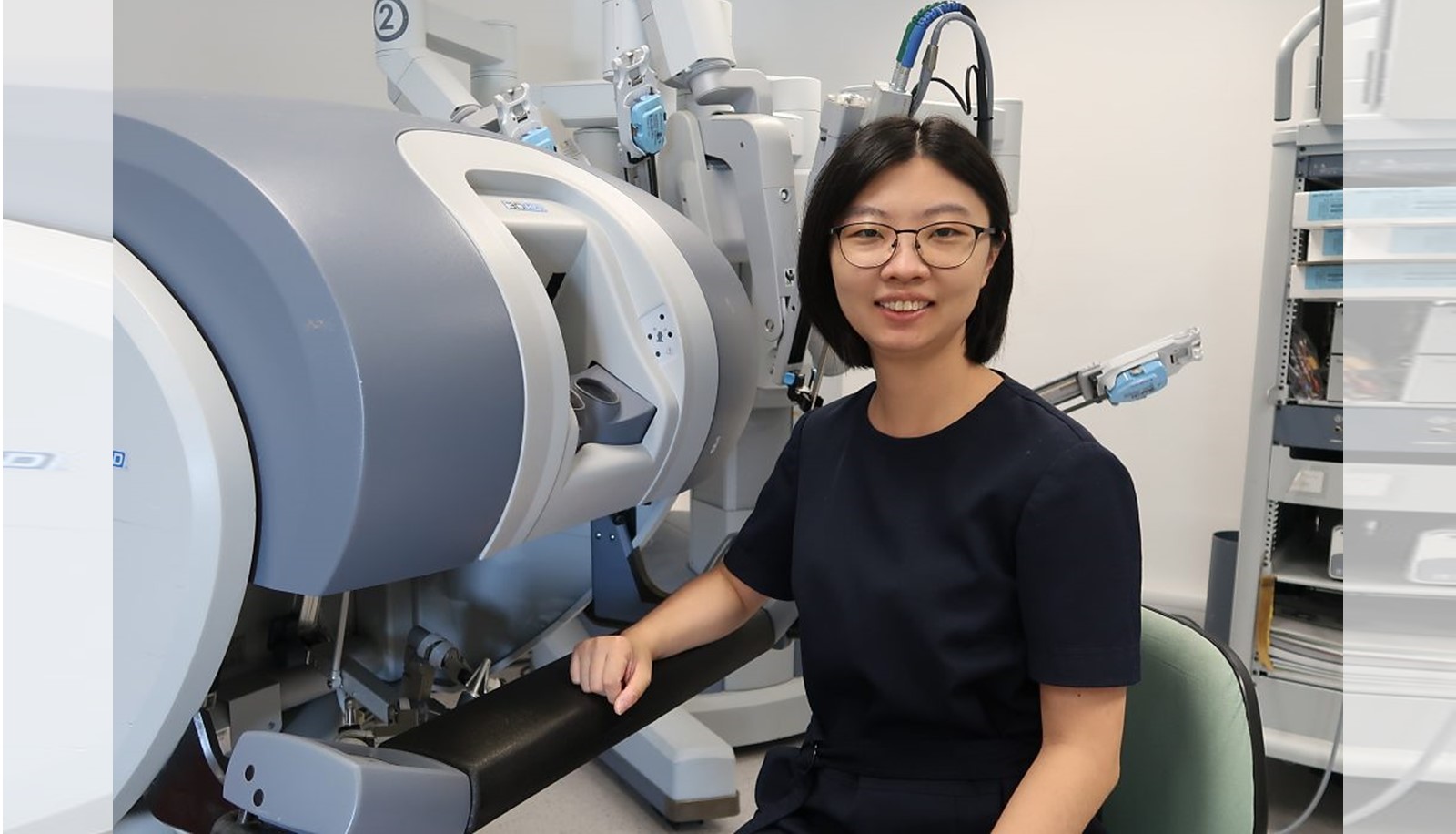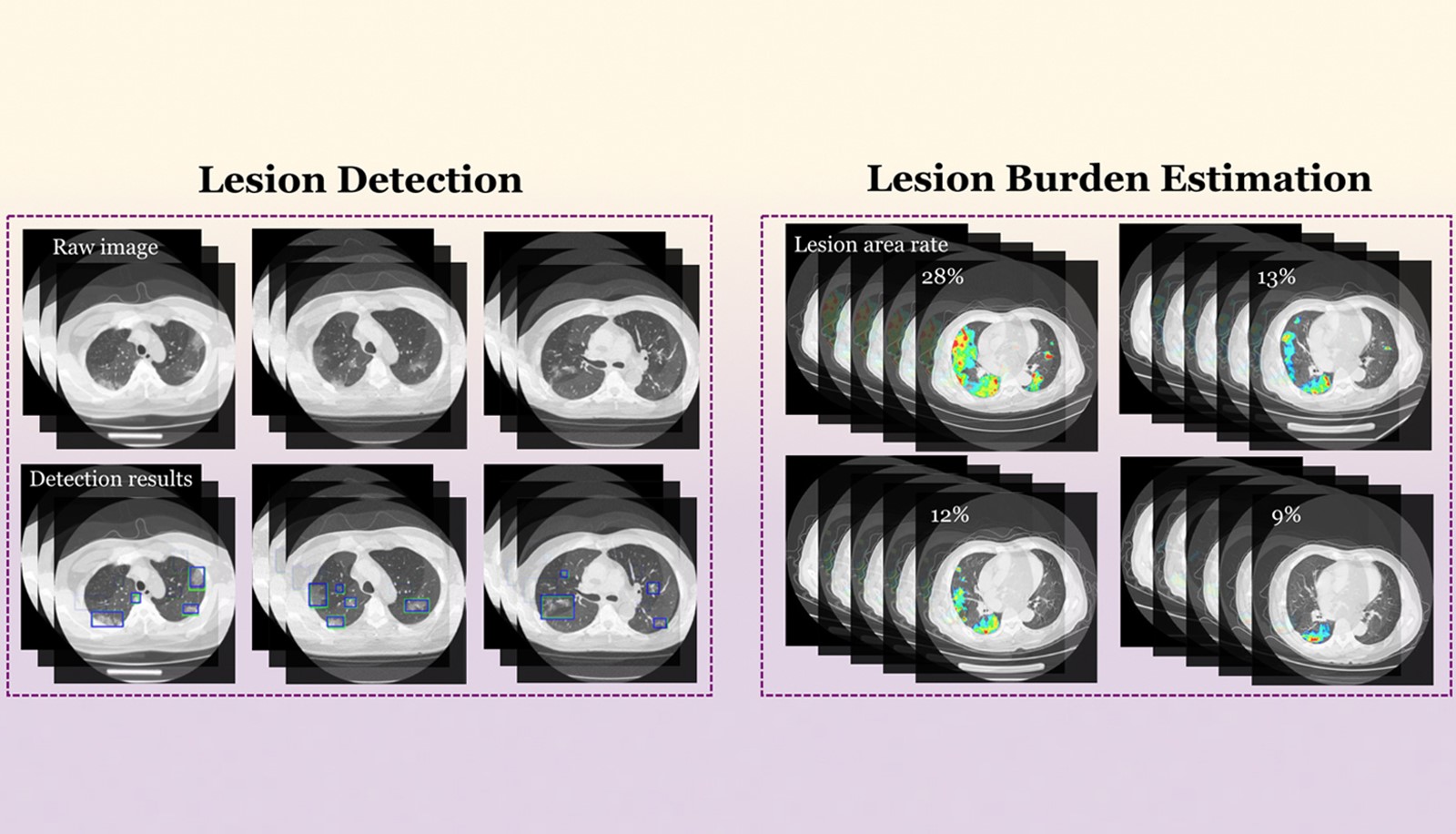
Pioneering breakthroughs in AI-powered smart medicine

Prof. DOU Qi’s breakthrough in AI opens a new door to robotic surgery.
Artificial intelligence (AI) has the potential to revolutionise medical practice, but we have barely scratched the surface of its possible benefits. Prof. DOU Qi, an AI expert from CUHK, is now pushing the boundaries of AI-inspired medical innovation by achieving fresh breakthroughs in robotic surgery and medical imaging.
Robotic surgery allows surgeons to operate on patients by controlling robot arms via a remote console. This reduces eye and hand fatigue, improving surgical safety and efficiency. Still a relatively new addition to the surgeon’s toolbox, robotic surgery is typically used for minimally invasive surgeries.
Award-winning research from Prof. Dou of the Department of Computer Science and Engineering at CUHK is now poised to drive significant improvements in surgical robots’ intelligent perception and high-precision gesture recognition, benefitting surgeons and patients.
Sharpening hand-eye coordination in surgical robots
Just like their human counterparts, surgical robots must develop strong hand-eye coordination to ensure precision in various surgical gestures. To train robots to recognise such gestures, scientists tend to either use data related to movement (kinematics) or data related to visual imagery. However, relying on a single type of data can make robots’ gesture recognition stronger with some actions and weaker with others. This unevenness can limit their effectiveness in more complicated operations.
To address this, Prof. Dou’s team made the first-ever attempt to explore advanced AI methods for correlating vision and kinematics. Researchers applied a deep learning method known as ‘Graph Neural Networks’ to approximately one hundred recordings of surgical operations, providing robots-in-training with a more comprehensive understanding of surgeons’ wrist movements.
This state-of-the-art technique has already demonstrated superior accuracy to existing methods, and Prof. Dou’s team has joined forces with the Laboratory for Computational Sensing and Robotics at Johns Hopkins University to validate the new system. The project received the Best Paper Award in Medical Robotics at the IEEE International Conference on Robotics and Automation 2021.
Prof. Dou’s AI system can also help surgeons by creating real-time 3D visual representations of a patient’s body based on endoscopic imagery, thus giving the surgeon more depth and perspective than the traditional 2D view from an endoscopic camera. AI assistance can also potentially alert doctors when robotic surgical tools approach veins and nerves, providing a further safeguard for patients.
Empowering global collaboration on COVID-19
In a further breakthrough, Prof. Dou’s team has developed a deep learning system that helps hospitals around the world work together to speed up the diagnosis of COVID-linked lung abnormalities.

AI facilitates medical image analysis, speeding up the diagnosis of COVID-linked lung abnormalities.
Algorithmic pre-screening can rapidly detect lung abnormalities based on chest scan images, improving the accuracy, speed and efficiency of patient treatment. However, data privacy regulations make it difficult for hospitals to share valuable data across borders that would improve the algorithms. Prof. Dou’s solution is a ‘federated learning’ approach that trains an algorithm to use machine learning across multiple decentralised hospital servers to improve its predictive accuracy, without hospitals needing to exchange patient data.
Based on cross-border collaboration with seven healthcare centres in Hong Kong, Germany and mainland China, Prof. Dou’s system has delivered COVID lesion diagnosis within 95% accuracy, representing a significant step towards reducing the burden on healthcare systems brought about by the pandemic.
Read more: